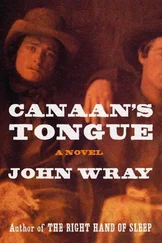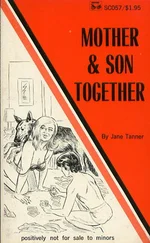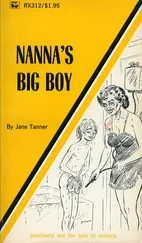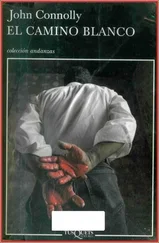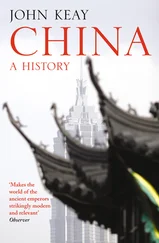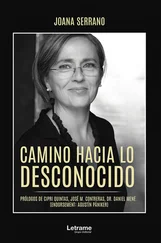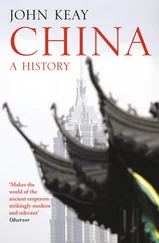Toomer’s loving portrait of his grandfather as a bold and questing Victorian patriarch, however, is complicated by the fact that as he grew into adulthood, he was often at war with Pinchback, who grew increasingly bewildered and disappointed by his scion’s seeming lack of purpose and direction. “Not till I was seven could I rule my mother and grandmother,” Toomer tells us; but “Not till I was twenty-seven did I finally conquer my grandfather.” 13While his relationship with Pinchback would become increasingly fraught, Toomer, nevertheless, dutifully and lovingly cared for his grandfather in the final weeks of his life, immediately following his pivotal sojourn in Georgia. “Once again in Washington I had my grandfather brought back from the hospital. His condition there was too pitiable for me to bear. He touched my heart so strongly that I resolved to care for him till the very end. And this I did.” 14Precisely as Pinchback’s health declined, Toomer found his voice as an artist: “He sank very rapidly. All during December I nursed him; and, at the same time, I wrote the materials of Cane . In these last days he seemed to know just what I meant to him. I knew and realized all he had done for me.” 15
In the small apartment he also shared with his resilient, long-suffering grandmother, Toomer and Pinchback reconciled in the days before his death, precisely as he was completing the powerful, final, haunting section of his first book: “Our almost life-long struggle and contest was finished, and all my love and gratitude for the once so forceful and dominant but now so broken and tragic man came to the fore. He died the day after I had finished the first draft of ‘Kabnis,’ the long semi-dramatic closing-piece of Cane.” 16Toomer would write to Waldo Frank that “Kabnis is Me ,” one of his last admissions of his awareness of the primacy of his own Negro ancestry in the shaping of his cultural and ethnic identity. But it is altogether reasonable to speculate that the powerful, quasi-mythic encounter at Kabnis ’s conclusion — between the northern, mulatto would-be intellectual and old, black Father John, the haunting figure of the slave past — was informed by this final, intense encounter and reconciliation between Toomer and Pinchback himself.
Toomer’s Christian name and surname tie him to his father, Nathan Toomer. Born in 1839 in Chatham County, North Carolina, Nathan was the slave of Richard Pilkinson, who subsequently sold him to John Toomer. 17When John Toomer died in 1859, his brother Henry Toomer purchased Nathan, his mother, Kit, and seven of her children from the estate. Nathan became the body servant of Henry Toomer, and adopted the surname of the family who had purchased him and most of his family. In the 1860s, Nathan Toomer married Harriet, a mulatta with whom he had four daughters. After Harriet’s death in 1890, Toomer married Amanda America Dickson, regarded as “the richest colored woman alive.” 18Dickson, born in 1849, was the daughter of David Dickson, a prosperous planter of Hancock County, Georgia, and Julia Frances Lewis Dickson, a mulatta. Amanda was reared in the Dickson household by Elizabeth Dickson, her paternal grandmother. When David Dickson died in 1885 he left much of his estate, valued at approximately $400,000, including 15,000 acres of land, to Amanda America Dickson. Nathan Toomer and Amanda Dickson married on August 7, 1891, and took up residence in her well-appointed mansion located on Telfair Street among the wealthy white elite in Augusta, Georgia. Almost two years later, on June 11, 1893, Amanda would die, from “complications of disease.” 19Since Amanda left no will, Nathan found himself in a protracted court battle over the disposition of the estate with his two stepchildren, Julian and Charles, whom Amanda bore in her first marriage to Charles Eubanks, a white Civil War veteran. Adhering to the terms of David Dickson’s will, the court awarded the bulk of Amanda’s estate to her children. 20
Nathan Toomer was a handsome widower in search of new sources of income as well as a third wife. Both of these needs were met in the person of Nina Pinchback, whom he met in December 1893. They met at her Bacon Street home during a “housewarming reception” hosted by her parents. 21Soon after, Nathan began courting Nina. Three months later on March 24, 1894, they were married by none other than the Reverend Francis J. Grimké, the nephew of the South Carolina abolitionists and suffragettes Angelina Weld and Sarah Moore Grimké, a graduate of Lincoln, Howard, and Princeton universities, co-founder of the American Negro Academy, and the very able and famous pastor of Washington’s 15th Street Presbyterian Church. Grimké was a celebrity himself, as grand and as well known as Pinchback.
Pinchback objected to the marriage volcanically, disapproving of Nathan Toomer for several reasons. First of all, Nathan was twenty-seven years older than Nina (Pinchback himself was only two years older than his son-in-law). Second, he had been previously married. Third, Nathan impressed Pinchback as being “unreliable,” 22perhaps because Nathan engendered a certain disturbing sense of self-recognition of his own adventurous past and temperament. But the Governor was accurate, indeed, prophetic in his identification of this defect in his future son-in-law’s character. Nathan deserted Nina within a year of their marriage. Nevertheless, their only child refused to cast the failed union in a disreputable light: “I have been told and have reason to believe it was a love marriage. This was the one clear affirmation of her [Nina’s] life.” 23Without an income, she was unable to support herself in the home located on Twelfth Street, which her husband had irresponsibly purchased with $12,000 in cash for his bride and infant son. Converting the bridal nest into rental property, Nina was forced to return, most reluctantly, to the Bacon Street home of her parents.
Predictably, the Governor “set conditions for readmitting his wayward daughter and her infant son. The biggest stumbling block was the boy’s name.” 24Intent upon nothing short of patronymic erasure of the errant Nathan Toomer, Pinchback insisted that “if he was to support the baby,” the surname had to be “legally changed to Pinchback and the first name changed to anything else.” 25According to Cynthia Earl Kerman and Richard Eldridge, “Nina rejected that proposed legal action but accepted the family’s informal adaptation. The first name was soon replaced by Eugene, after Eugene Laval, [Toomer’s] godfather…” 26Throughout his life, Toomer’s grandparents addressed him as Eugene Pinchback, while his mother stubbornly addressed him as Eugene Toomer, though she herself had reverted to her family name, Pinchback. Toomer’s playmates on Bacon Street, he writes, called him “Pinchy — short for Pinchback. To them I was a Pinchback. They knew nothing of Toomer.” 27“In my own home there were still other names,” he confides. “Mother called me Booty [after beauty]. Uncle Bis called me Kid. Uncle Walter — Snootz. And grandfather — the little whippersnapper. I was, then, well-supplied.” 28
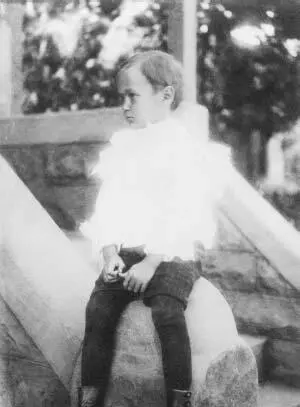
Jean Toomer as a young boy. Undated. Jean Toomer Papers, Yale Collection of American Literature, Beinecke and Rare Book Manuscript Library.
When he made the commitment to become a writer, Toomer gave himself the androgynous name of Jean, which stemmed from his admiration of Romain Rolland’s novel Jean-Christophe . 29During the 1930s and the 1940s, Toomer published under the name of N. J. Toomer, initials for Nathan Jean, for two reasons: first, to distance himself from Cane and the racial identity of its author, since Cane was the work by which he had come to be known as a Negro writer; and second, to mark a rebirth in his life, following his conversion to Quakerism, a rebirth that marked a certain return. By taking the name Nathan Jean, Toomer himself had come full circle, finally rendering futile his family’s efforts to banish the memory of his father, Nathan.
Читать дальше




